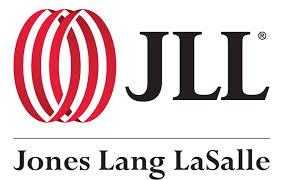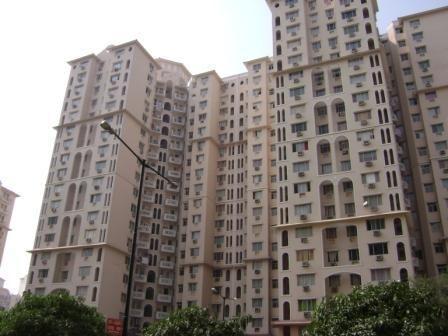
Impact of 100% FDI in e-commerce on Indian real estate
Bottom Line: 100% FDI in Indian e-commerce will open the…

Bottom Line: 100% FDI in Indian e-commerce will open the…

The senior living sector in India is at a crossroad. With the relaxation of Foreign Direct Investment (FDI) restrictions on investments in the sector and increasing population of seniors (over 100 million seniors in India at present) to cater to, there clearly exists an untapped opportunity for investment and development in this sector.

JLL India has collaborated with Manpower Group and EMPI Business School to introduce Certificate Programs in Facilities Management. This initiative is aimed at meeting the need for a formal academic approach to empowering aspirant candidates for a career in Facilities Management (FM), which is one of the fastest-growing real estate services verticals in India today.

Track2Realty: India’s retail market value was estimated at $520 billion in 2013, and is expected to grow to $950 billion by 2018. With a CAGR currently pegged at 13%, the Indian e-commerce market is expected to grow the fastest within the Asia-Pacific Region – with its market size doubling every 2-2.5 years. This certainly gives us reason for deep introspection. While the global growth rate of online shoppers is estimated at 8-10%, India currently has more than 10 million online shoppers.

Track2Realty: The year 2014 has been quite fruitful for the real estate sector in terms of business sentiment, although the real effect of many of the policies and amendments announced in 2014 will take effect only in 2015. Starting from Union Budget FY2014-15, where affordable housing was considered on par with infrastructure, to relaxation of rigidities in the Land Acquisition and Real Estate Regulatory Bill, India’s new Prime Minister has been offering the India real estate sector consistent doses of energy.

Track2Realty: The real estate sector in India is one of the largest drivers of the country’s economic growth. Real estate in India provides large-scale employment and contributes massively to the country’s GDP. While real estate is vigorously driving growth, it is also true that it is adversely impacting the environment.

Track2Realty: Earlier in October, the US National Association of Realtors published a report which stated that buyers from India purchased residential properties in the US estimated at $5.8 billion in value during the one-year period ending March 2014.

Track2Realty Exclusive: At a time when the clouds hovered all around the realty sector ranging from the policy bottlenecks to dried finance and inventory overhang, the depreciating value of rupee vis-à-vis US dollar was seen to be the only silver lining. The sector went euphoric with the increase in NRI enquiries all through the year 2013.

Track2Realty: Across the world, the stride of migration from rural urban areas is increasing. By 2050, about 70% of the population will be living in cities, and India is no exception. India will need about 500 new cities to accommodate the rapid influx of population into its urban regions.

Track2Realty: The expanding retail footprint of global brands in India has been a major growth driver of retail real estate in the country. In an effort to map and analyze the spread of international retailers, CBRE undertook a research study of more than 300 prominent global retailers—Expanding Horizons of Global Retailers in India—to identify operating trends, expansion strategies, and extent of penetration across leading cities.
